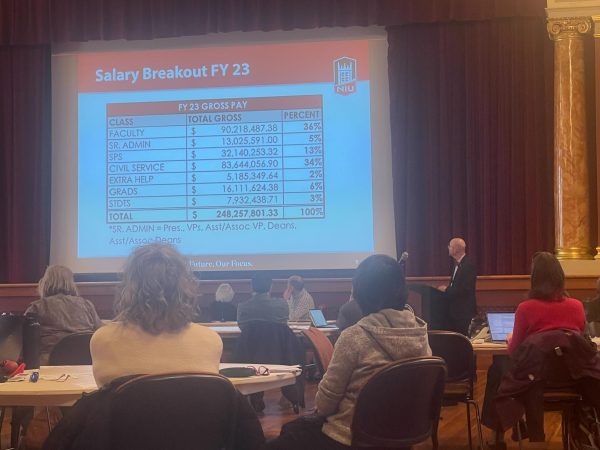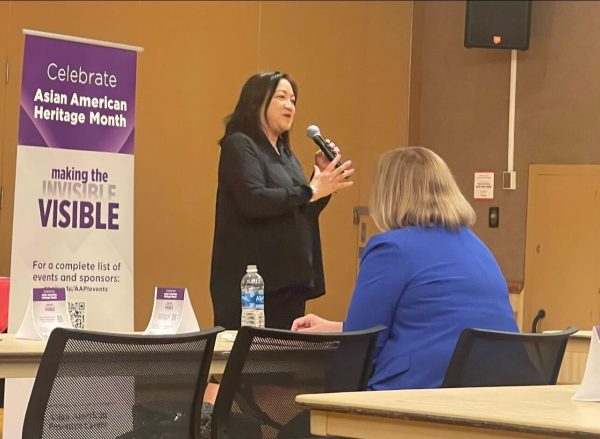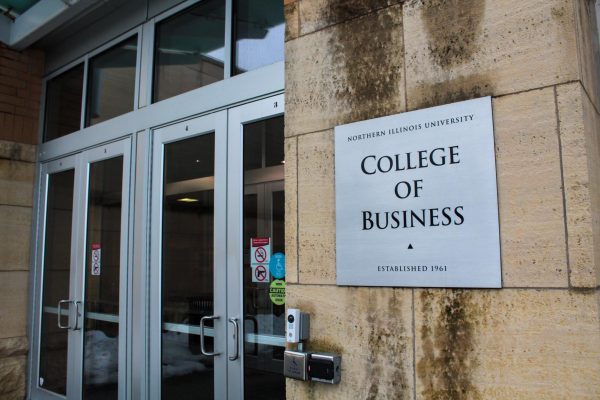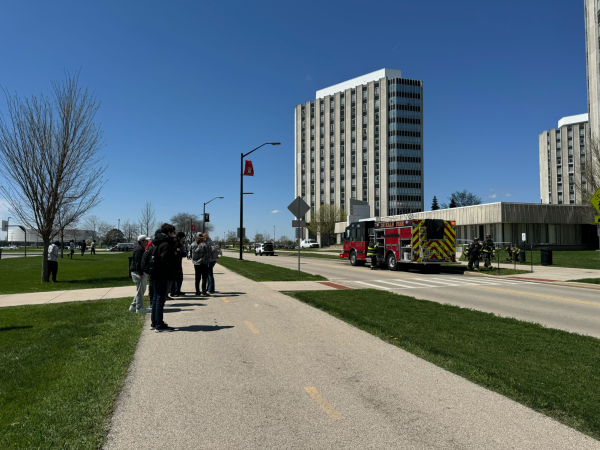Grad rate rises, could improve
November 30, 2004
Fifty-three percent of NIU undergraduate students graduate within six years, university records show.
Since 1999, NIU’s graduation rate has increased from 49 percent to 53 percent.
NIU ranks fourth among Illinois’ seven major public universities – 9 percentage points from the top three. Transfer students, the freshman experience and the high cost of college weigh heavily on the rate.
All universities and colleges follow a similar plan to calculate graduation rates, said Dan House, director of NIU’s Office of Institutional Research.
NIU Provost Ivan Legg said NIU does several things to improve the rate but admits it can do better and should learn from its failures and successes.
The freshman experience
NIU officials see freshman year as a precursor to students’ coming years.
The dynamic of the student body predicts the graduation rate, said Vice Provost Earl Seaver. Twenty to 25 percent of students drop out after their freshman year.
A student’s first year can make or break his or her college career, said Brian Hemphill, vice president for Student Affairs.
“If students don’t feel connected or bonded, they won’t stay,” Hemphill said. “It will be easy for them to make that decision.”
Retention has become a major focus for higher education institutions across the country, he said, simply because it costs more to recruit students than to retain them.
“More and more schools are realizing they have to focus on that first-year experience,” Hemphill said.
Student isolation also keeps students from finishing college, Legg said. Some students feel uncomfortable when they start at NIU, so they don’t do anything to reach out and get involved in student activities.
Transfer students
Transfer students aren’t included in the graduation rate data under the current system. There were 1,956 new transfers at NIU for fall 2004, which is fewer than in past years, House said.
The tracking system for collecting data on graduation rates is flawed, said Christine Sorensen, dean of the College of Education. Because of this, NIU has a problem getting a true picture since the system doesn’t allow NIU to follow a student between institutions.
“We are definitely seeing a different pattern of college attendance,” Sorensen said. “It is no longer a given that students will enter an institution as a freshman, attend full-time for four years and graduate.”
The norm has changed, but ways of looking at educational goals haven’t, Sorensen said. The methods need to reflect the changing population and attendance patterns.
In the past 15 years, 53 percent of dropouts have been from community colleges, said Arthur Doederlein, director of undergraduate studies and associate professor for the department of communication.
Money
Students’ costs have increased over the past three decades. In 1975, the total cost of in-state tuition, mandatory fees and room and board was $6,434.89 in 2004 dollars. The 2005 cost is placed at $11,557.24.
“Increasing costs of attending college could very well play a factor in a student’s decision to drop out of school – especially since the levels of financial aid have also decreased due to the state budget situation,” said Paula Lofgren, assistant to the associate vice president for Finance and Facilities.
Each year, more students want to attend NIU, said Emily Blickem, undergraduate academic adviser in the College of Business.
“We like to try and accommodate that,” she said. “This usually means more professors, equipment, etc. – and everything costs money.”
But NIU has been reluctant to raise tuition when compared to other public universities, said Stephen Karlson, associate professor of economics. But money is still an issue and may contribute to students dropping out.












